Anne Mwiti, is a PhD candidate in Painting at Academy of Art in Szczecin under the supervision of Prof. Lukasz Skapski.
The title of the doctorate dissertation is Gwata Ntai (Catch a Riddle).
The project will include an exhibition consisting of paintings that reference the traditional “Maasai face paintings” of Kenya, Africa.
The theoretical work will take the form of a historical essay recalling the context of Homi Bhabha’s theory of “the third space”- liminality, which Bhabha defines as a response to and a real moment of intervention in people’s daily lives as they try to grapple with the cosmic eddies of change around them. Most of the projects to which I intend to devote the theoretical part of the work will be grounded in two theoretical frameworks- the theory of Liminality and the theory of primitivism.
Homi Bhabha ( The Location of Culture, 2004) theorizes ‘Liminality’ or what he refers to as the ‘Third space’ within the context of post-colonialism – Interstices between colliding cultures – which gives rise to something different, something new and unrecognizable, a new area of negotiation of meaning and representation. This is an In-between space where new cultural identities are formed, reformed, and constantly in a state of becoming. Artists at work in “The Third Space” speak of a creative edge that derives from the condition of being in a place that simultaneously is and is not one’s home. The ‘Third space’ is explained as the uniqueness of each person, actor, or context as hybrid: in this context, hybridity being in the most basic sense, referring to mixture. ‘Hybridity’ is used here in the discourses about race, post-colonial identity, anti-racism and multi-culturalism, globalization developed from its roots as a biological term. Further, Victor Turner (Cultural Invisible Zones)) arrogates a cultural significance of liminality as a very contrapuntal character and transformative nature of ritual, which necessitates the emergence of those borders. Liminality, which simply put means the middle “state” – a stage of transition, a border zone or a consciousness of borderlands, which in turn means it’s central in explaining the nature and importance of various forms of space that can be identified in human cultural experience.
Primitivism as a theory is a mode of aesthetic idealization that either emulates or aspires to recreate ‘primitive’ experiences. Primitivism in Western art is defined as that which typically has borrowed from non-western or prehistoric people perceived to be ‘primitive’, a term often critiqued for reproducing the racist stereotypes about non-European peoples used by Europeans to justify colonial conquest. Primitivism relates to naïve art, which is the visual art that is created by a person who lacks formal education and training. When this aesthetic is emulated by a trained artist (as myself), the result is sometimes called “primitivism” or pseudo-naïve art – faux naïve art.
The area of art that interests me is the folk art of the Kenyan Maasai face painting done by Maasai warriors (morans) on occasions following a successful lion hunt (empikas), done amongst themselves or during a ceremony (eunoto) which takes place every 15 years. Applied by the prophet (Oloiboni) is a process called emuny in Maa.
The text, ‘Gwata Ntai’ loosely translated means ‘Catch a riddle’ in Kimeru. I am an ethnic mixture of an active Meru community and a passive fourth generation Maasai community. The theoretical background of the study will borrow from the intangible and tangible folk arts of these two communities that form my roots and cultural heritage.
Riddles form part of traditional intangible folk arts, vital and constantly reinvigorated artistic traditions shaped by values and standards of excellence that are passed from generation to generation within family and community through conversation. Studying the history of the Meru and Maasai of Kenya, it is notable that riddles, rhymes, and traditional music were methods used to pass on the cultural “world view” of communities to children. In this project which I consider as the ‘third space’ of hybridity, it is possible to borrow the methodologies from the intangible folk art to create ‘new forms’ such a paintings on canvas. The subject of action paintings allows us to look at the issues of traditional face paintings in a way that allows us to capture new forms of expression through abstract expressionism if viewed in the light of ‘spiritual expressions’ and actions.
According to oral Meru folklore, Gwata Ntai (Catch a Riddle) is preceded with a response Ndagwata to mean (I receive). In this case, the use of the form is a means to prepare one for the question that follows, testing the recipient of his/her cultural knowledge. The purpose and meaning of this form of folk art is quickly getting lost with the progression of modernity and formal education.
The projects I prepare are supposed to reenergize the purpose and use of the intangible folk art using passive spiritual language. A detailed concept of individual works will be developed during the implementation of the artworks, paintings, and multi-media outputs.

